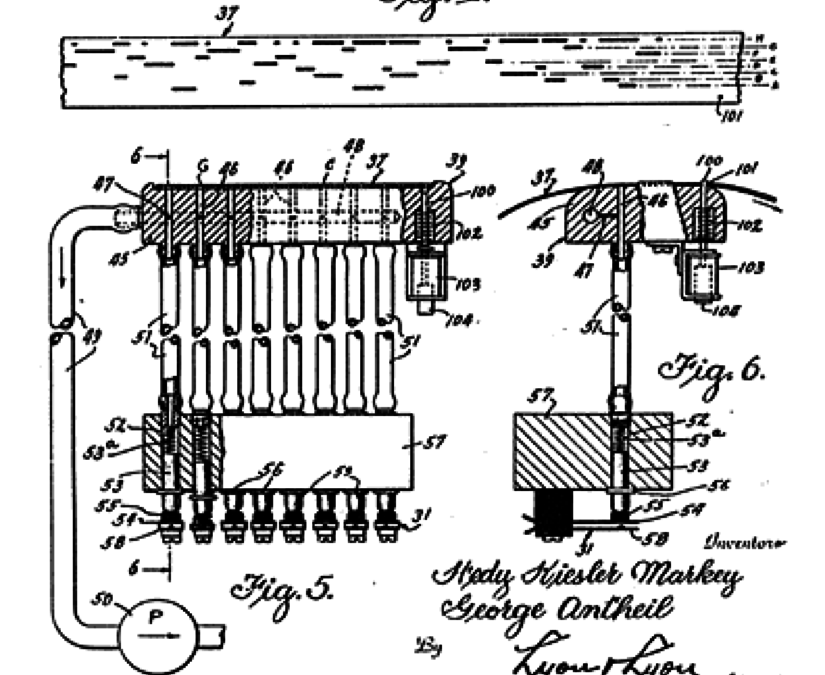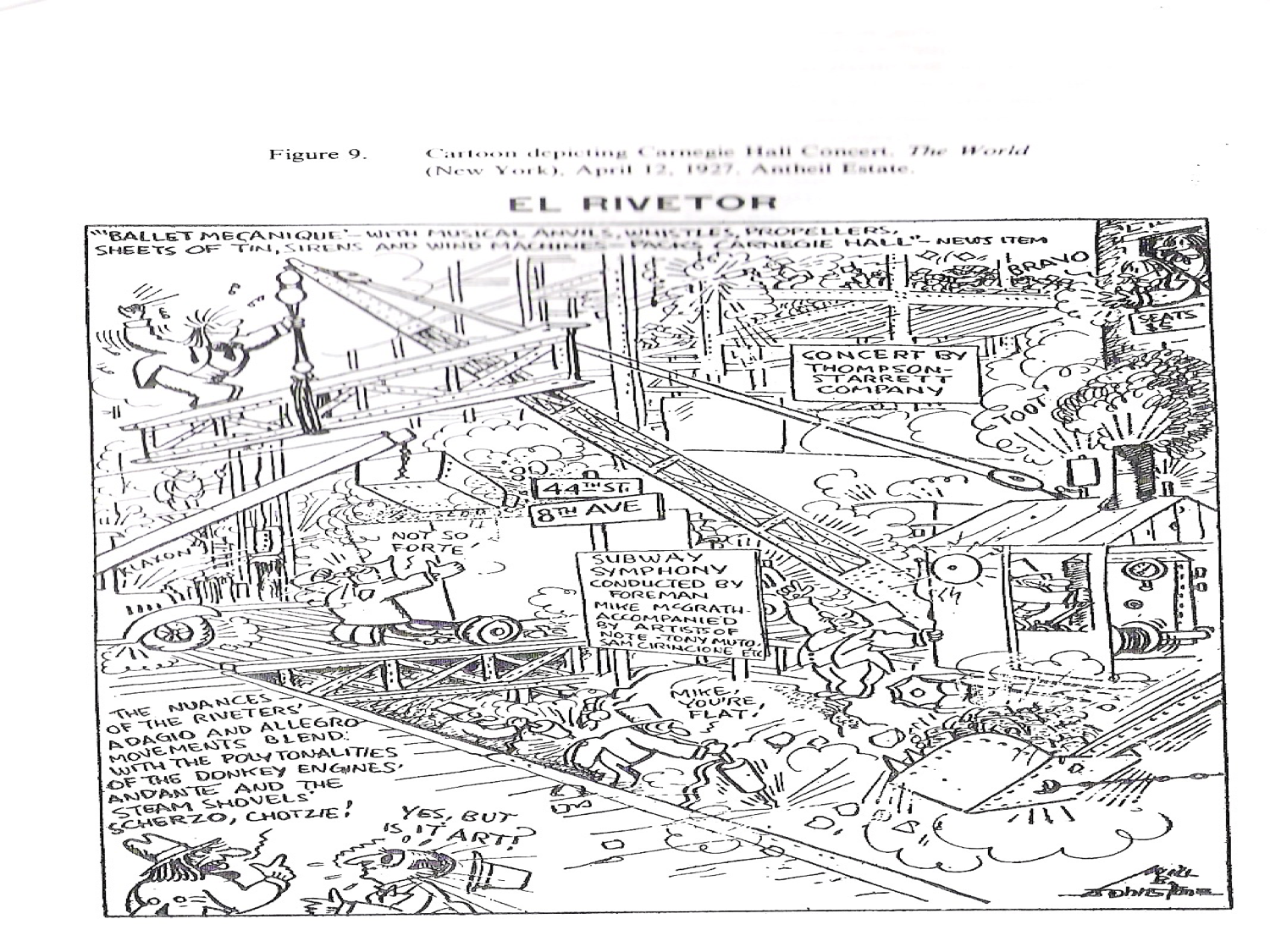“The release of the patent could not have been more timely. Pearl Harbour was still in everyone’s mind and, just two days before the patent grant, America suffered the worst defeat in the entire history of the Navy” (Walters 4).
PATENT”…it has been very difficult in the past to employ radio control of a torpedo, for the reason that the enemy could quickly discover the frequency of the control signals and block control of the torpedo by sending false signals of the same frequency.”
Contextual Necessities
A Spy who had already carried out your work
In the late 1930’s, you fled to America, escaping the clutches of your husband, Fritz Mandl, a munitions manufacturer for the Nazis who held you under virtual house arrest. Jealous and possessive, he took you to all his conferences on weapons systems. Little did he know that his trophy wife was more than a mere ornament. As Mrs. Fritz Mandl, you had closely observed the planning and discussions that went into attempting to design remote-controlled torpedoes. You now carried in your head a wealth of knowledge about weapons systems. Fleeing to America from the Nazis, you wanted to help in the war effort by inventing a guidance system that would allow torpedoes to avoid enemy jamming devices by using frequency-hopping signals.
You were “a spy who… …had already carried out your work.”

The Human Torch
...and you were more than ready to turn that knowledge against the Nazis!
The Bad Boy of Music
In his The Bad Boy of Music, the avant-garde composer George Antheil recounts meeting you in 1940. At a party hosted by Mitzi Gaynor, while noodling at the piano, Antheil and you stumbled on this new technology... .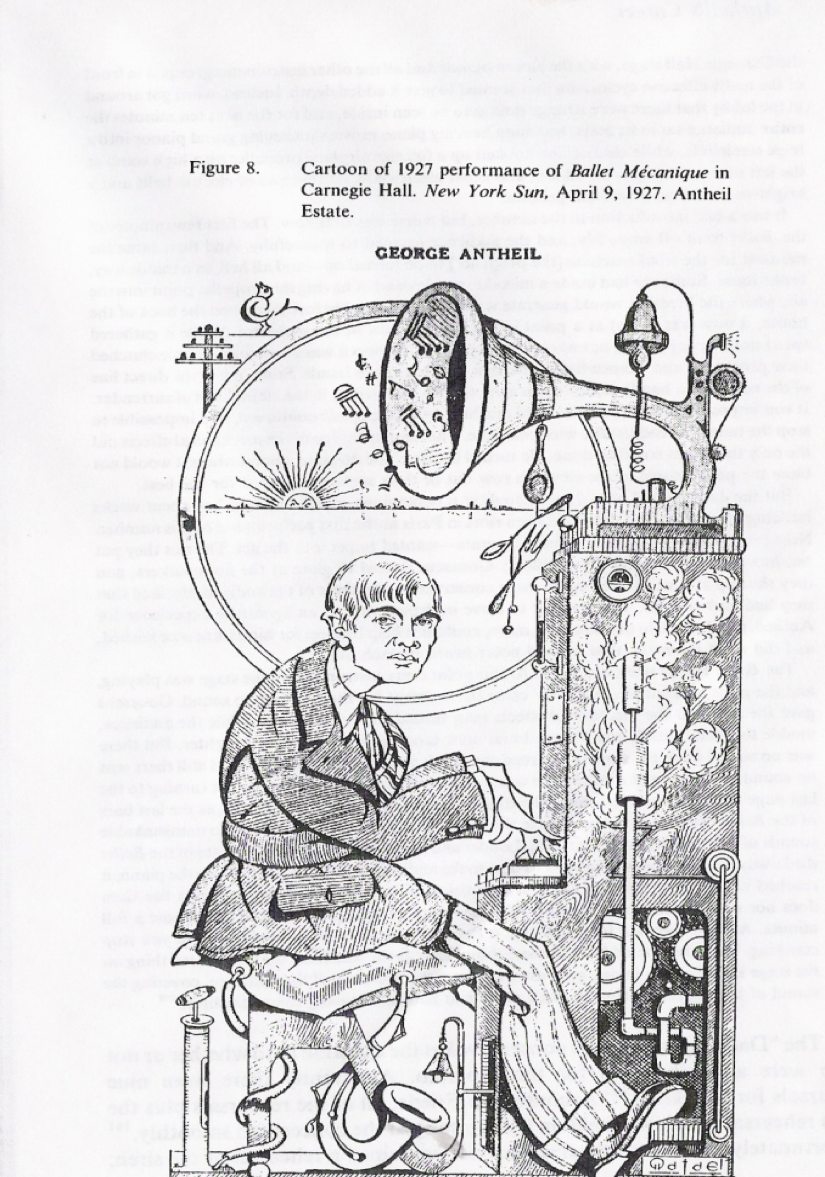
Airplane Sonata
A perfect collaborator, Antheil was well versed in synchronization techniques. He had created such sensation-causing compositions as Ballet Mécanique. "I consider my 'Ballet Mécanique' a mad youthful prank!"
Dignifying Science
In Dignifying Science, a graphic novella devoted to female inventors, Jim Ottaviani further recreates "I consider my 'Ballet Mécanique' a mad youthful prank!"
the collaboration between the two of you: A perfect collaborator, Antheil was well versed in synchronization techniques. He had created such sensation-causing compositions as Ballet Mécanique.
Multilayered Frequencies
You used two synchronized piano rolls as your coding mechanism! This one in the transmitter and the other one in the torpedo, simultaneously tuned to the same message
Scrambled Message
Such an arrangement would allow both sender and receiver (the torpedo guidance system) to “hop in sync.” Encoded Message: The perforations on each roll would correspond exactly to the coded numbering sequence.


Cardan Grille
An electronic version of the Cardan Grille, a predetermined set of frequencies would be established between sender and receiver, as though each one had the top card with slots that could be placed over the coded message: “Sir John regards you well and spekesagain that all as rightly avails him is yours now and ever. May he ‘tone for past d’layswith many charms.” Once the “receiver,” the torpedo received the message, it could decipher it electronically by selecting the proper frequency slots to isolate the relevant parts: “Spain sails in May. To arms.”
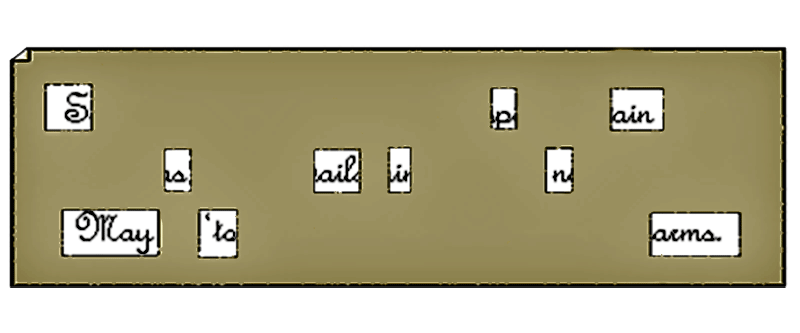
88 Frequencies - Hard to Intercept
Any enemy attempting to jam the radio signals would have to decode what pattern among the eighty-eight possible frequencies was guiding the torpedo—an impossible task.
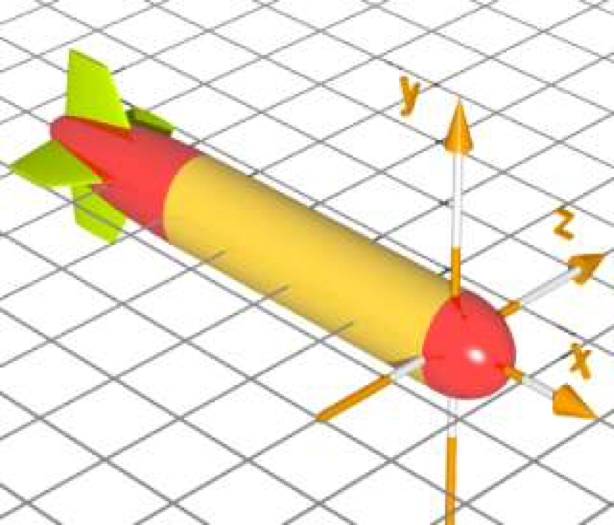

Military Instrument Complex
In retrospect, you two artists almost succeeded in creating
a “military-instrumental complex.”
Piano in a Torpedo
Ironically, the aesthetics of a torpedo guided by musical notes may have been a fatal “design flaw” in stoking an “anti-cultural bias” among the military types who examined the patent, as Antheil surmises: “In our patent Hedy and I attempted to better elucidate our mechanism by explaining that certain parts of it worked like the fundamental mechanism of a player piano. Here, undoubtedly, we made our mistake. The reverend and brass-headed gentlemen in Washington who examined our invention read no further than the words 'player piano.' 'My God,' I can see them saying, 'we shall put a player piano in a torpedo’” (Cited by Couey).
The Medium is the Message
As in the ”dueling” records portrayed in Malraux’s La Condition humaine, a message can arise from noise with the proper filtering and demodulation:
Lu Yu Hsüan, all smiles and as if ready for a thousand little curtseys, placed the two records examined by Katov on two phonographs. The two had to be put into motion at the same time.
“One, two, three,” Kyo counted.
The hissing sound of the first record covered the second; suddenly stopped—
one heard: send—then continued.
Another word: thirty. More hissing.
Then: men. Hissing.
(Man’s Fate 20-21)
Patented in 1942, your Secret Communication System would enable torpedoes to find their targets by avoiding enemy jamming of their radio signals. Decades ahead of its time, it would later be employed to encrypt communication signals a
PATENT “Aiming and Tracking: Under the particular circumstances…the enemy ship was traveling in a straight line substantially parallel to the mother ship at the time the torpedo was discharged, and the latter was directed forwardly at a substantial angle to compensate for the speed of the ship and for water currents…However, as a result of the change in course of the enemy ship and the effect of the water currents, it is observed that the torpedo, if it continues on its original course, will miss the enemy ship. Hence it is steered by remote control to depart from the path and follow [a new] path. At later times it is noted that further changes are necessary, and its course is successively changed…in order to strike the enemy ship.
PATENT Suffice it to say that the variable-frequency carrier oscillator is controlled to oscillate at different frequencies by a plurality of tuning condensers adapted to be independently connected to the oscillator by automatically controlled switches, one for each condenser.”
Normally an oscillator produces a single fixed frequency, but in the invention different frequencies could be selected by using one of a range of capacitors, these are electronic components that store electricity. It was the job of the perforated roll to select a particular capacitor to generate a particular carrier frequency.
“the mixing board metaphor for how we live and think in this age of information” (Spooky)
“You just have to be open to different frequencies…”
At the transmit end this carrier frequency was then used to carry the control signal via a process called modulation….The way in which the capacitors are switched in or out is very pianola like, a little like operating those ghostly keys….Each [capacitor’s] piston fitted closely into a pipe and all of the pipes were connected to the ‘reader’ over which the paper roll runs….In this way a particular capacitor is connected to the oscillator and a different frequency is produced. It really is very much like a pianola mechanism pneumatically operating a particular key of the piano. And this is happening at exactly the same time at both ends, in the ship’s transmitter and in the torpedo’s receiver. (Walters 138-40)
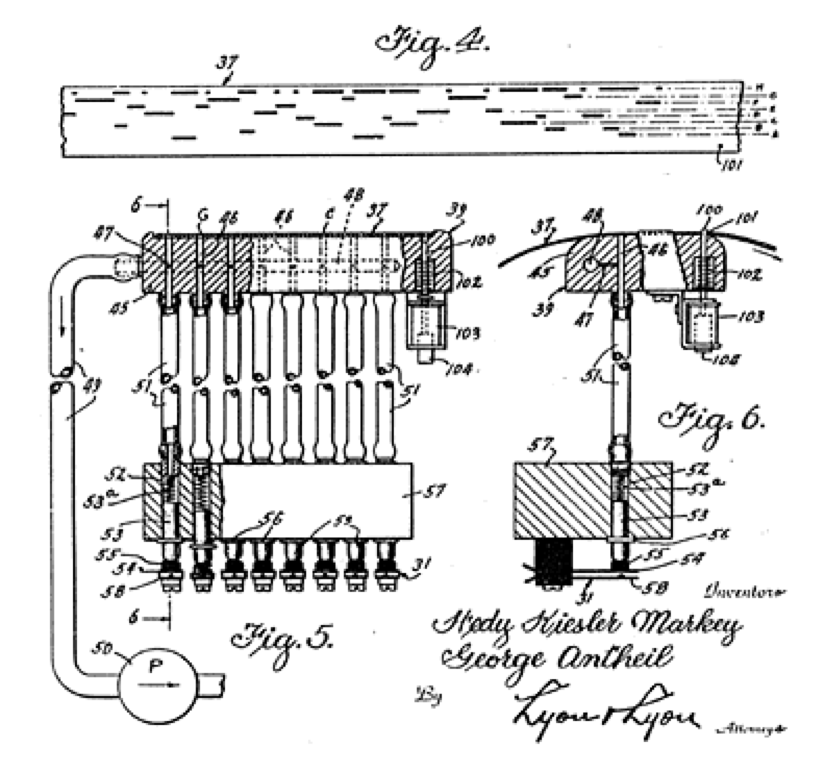
Of course the implementation is more complex. The noise used at either end must be identical and it must be synchronised–just as the sequence used in frequency hopping has to [be] synchronised. Then there’s that clever bit of electronics at the receive end that combines the local noise (Ballet Mecanique) and the received signal in some way in order to pull out the original signal–the middle C to turn left or middle E to turn right. This device is usually called a correlator…(Walters 161-2)
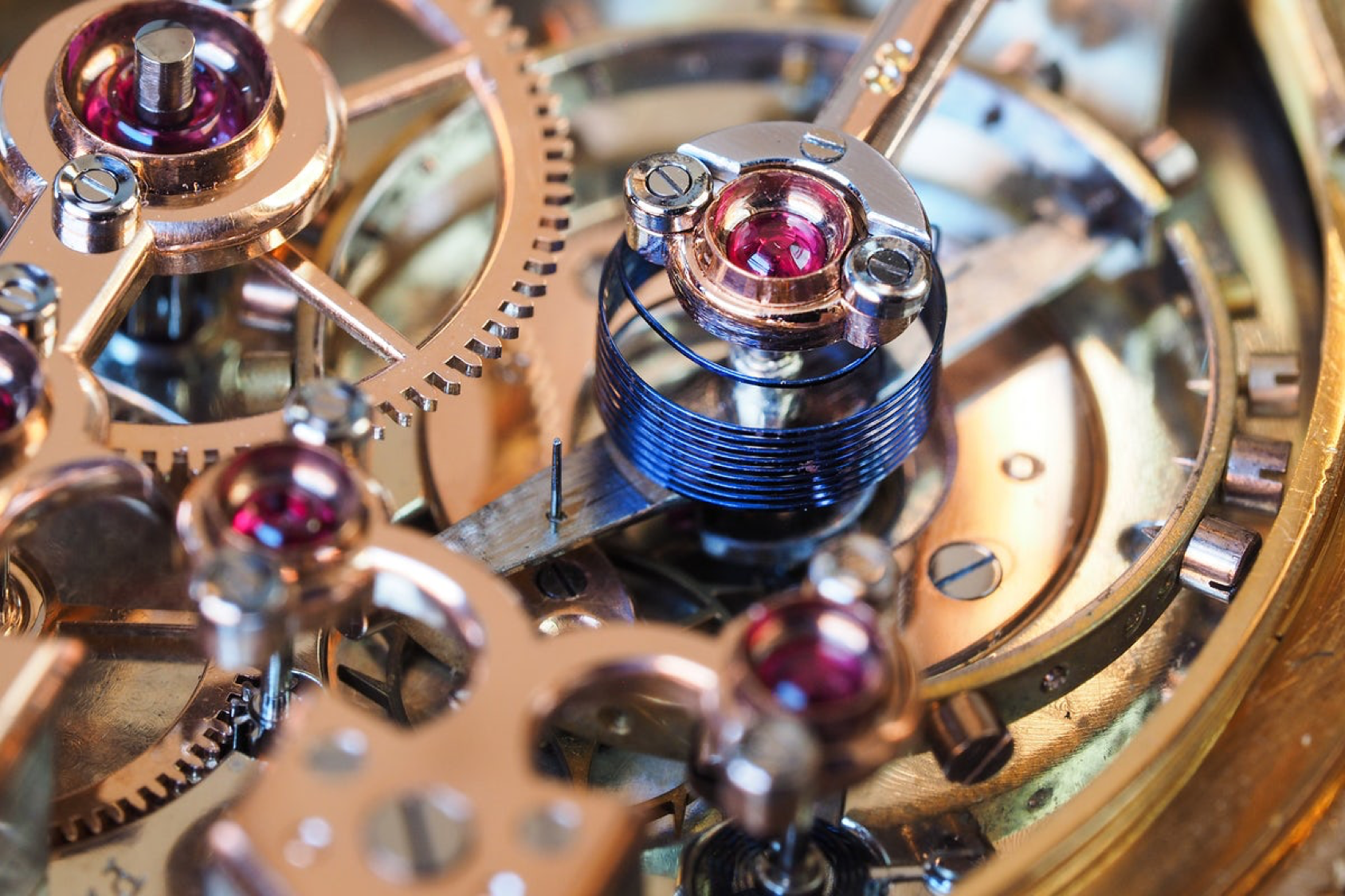
“The two records [piano rolls] may be synchronized by driving them with accurately calibrated constant-speed spring motors, such as are employed for driving clocks and chronometers.”
PATENT “It will be noted that whereas there are seven tuning condensers at the transmitting station, there are only four tuning condensers at the receiving station. The extra three tuning condensers at the transmitting station provide three additional channels for the transmitter for which there are no corresponding channels at the receiver, to thereby permit the sending of false impulses to confuse the enemy.”
“It is therefore desirable to provide an indicator to advise the operator at the transmitting station when the transmitting and receiving stations are both tuned to the same frequency. The lamp actuated by the auxiliary switch constitutes such an indicator….The perforations in row H of the recording strip are so arranged as to light the lamp whenever the operator should not send a control signal.”
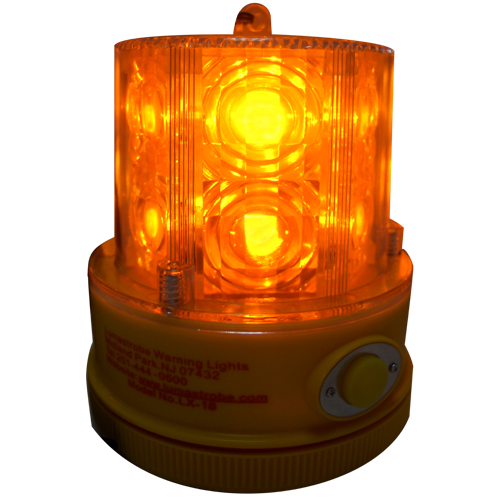
In signal processing, noise can be filtered out through a two-part process known as demodulation:
“The first step, called rectification, allows only positive portions of the amplitude-modulated carrier to pass.
In the second step, low-pass filtering removes frequency components that lie above the original baseband”
(Signals 73).
The original signal is thereby reconstructed.


At the transmit end this carrier frequency was then used to carry the control signal via a process called modulation…At the receive end the exact same frequency was selected by the torpedo’s roll and in exactly the same manner; in this way the torpedo tuned into the same carrier as the ship-based transmitter. The signal that this carrier carries could then be extracted and it is this signal that controlled the position of the torpedo’s rudder. (Walters 138-9)
“Overall it’s a neat solution and it seems such a pity that any successful employment meant that the receiver was blown to smithereens!” (Walters 140)

